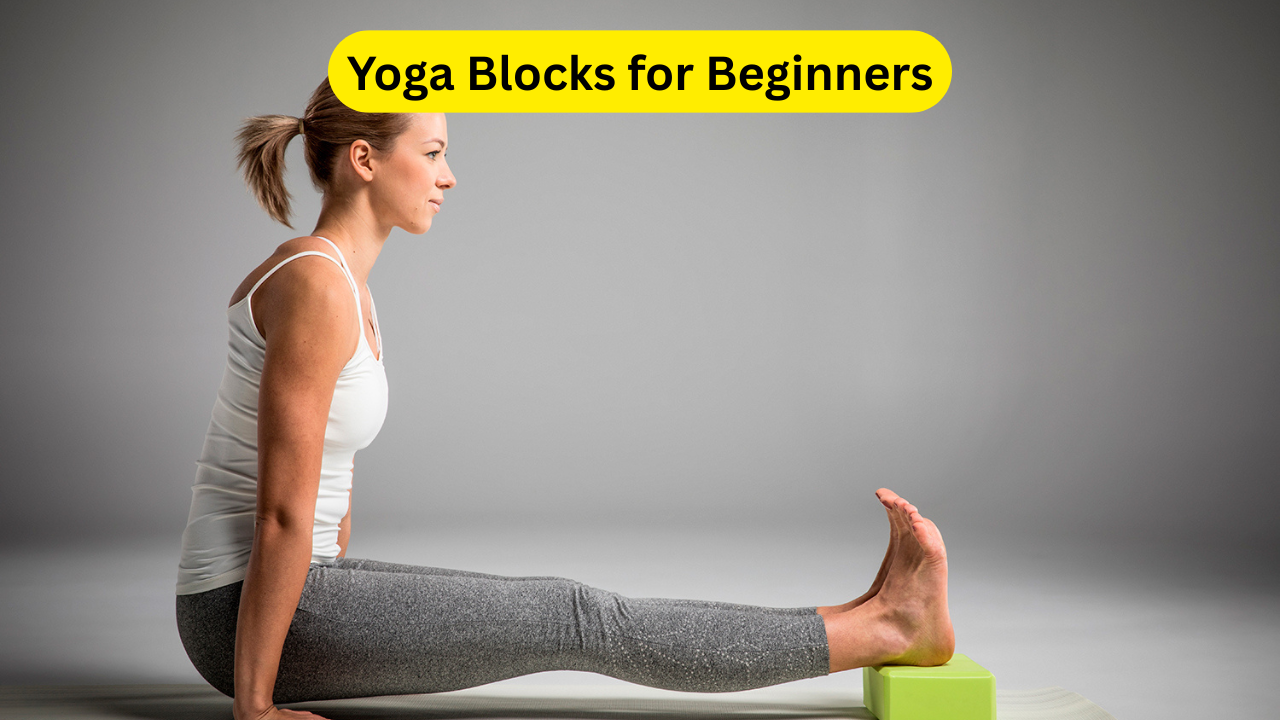How to Burn Fat Effectively: Fat burning is a widely misunderstood concept, often clouded by myths, quick fixes, and misleading workout trends. Many people believe that spot reduction, fat-burning supplements, and the so-called “fat-burning zone” are the keys to losing weight. However, the reality is that fat loss is primarily dictated by a combination of calorie expenditure, dietary habits, and consistent physical activity.
To effectively burn fat, it’s crucial to understand how your body utilizes energy. Your body derives fuel from three macronutrients: carbohydrates, proteins, and fats. The energy source used depends largely on the intensity and duration of your physical activity. High-intensity exercises rely more on carbohydrates due to their rapid breakdown for immediate energy, whereas low-intensity, long-duration activities tap into fat stores. However, the key takeaway is that overall calorie burn is more significant than the type of fuel your body utilizes at any given moment.
Many fitness enthusiasts focus solely on low-intensity workouts to stay in the “fat-burning zone.” While it’s true that the body burns a higher percentage of fat at lower intensities, it does not necessarily mean you’re burning more fat overall. To achieve optimal fat loss, it is essential to combine different workout intensities, incorporate resistance training, and maintain a healthy diet that supports a caloric deficit.
Click here: Skoda Kushaq Long-Term Ownership Report: A Jack of All Trades
The Basics of Fat Burning
How Your Body Uses Energy
Understanding how your body generates energy is the first step to maximizing fat loss. The body primarily uses two macronutrients for fuel: carbohydrates and fats. Protein plays a minor role, primarily aiding in muscle repair and recovery post-exercise.
- Carbohydrates: The body’s preferred energy source for high-intensity workouts. Carbs are rapidly broken down, providing quick energy.
- Fats: Used predominantly during low-intensity, long-duration activities.
- Proteins: Mainly utilized for muscle repair rather than energy production.
A common misconception is that using more fat for fuel equates to losing more fat. However, overall calorie expenditure is more critical for fat loss than the type of energy source utilized.
The Myth of the Fat-Burning Zone
Does Exercising at Lower Intensities Burn More Fat?
Many believe that working out at a lower intensity (55%–65% of max heart rate) burns more fat. While it’s true that a greater percentage of fat is used as fuel, lower-intensity workouts burn fewer total calories. High-intensity training burns more overall calories, leading to a greater fat loss over time.
For instance:
- A 150-pound person burns approximately 341 calories running at 6 mph for 30 minutes.
- The same person burns about 136 calories walking at 3.5 mph for 30 minutes.
Despite a lower percentage of fat usage at higher intensities, the total caloric burn is significantly greater, resulting in more effective fat loss.
How to Burn Fat Efficiently

1. Mix High and Low-Intensity Cardio
A well-balanced workout routine should include both high-intensity and low-intensity exercises. This not only helps burn more calories but also prevents burnout and injury.
- High-Intensity Cardio (80%–90% MHR): Short bursts of intense activity (e.g., sprinting, cycling, HIIT workouts) boost metabolism and calorie burn.
- Low-Intensity Cardio (50%–65% MHR): Longer, steady-state exercises (e.g., brisk walking, light jogging) help maintain endurance and burn fat.
2. Strength Training for Fat Loss
Resistance training plays a crucial role in fat loss. Muscle burns more calories at rest, increasing your metabolism and overall calorie expenditure.
- Compound exercises (squats, deadlifts, bench presses) engage multiple muscle groups and maximize fat burn.
- Progressive overload (gradually increasing weights) ensures continuous muscle growth and calorie expenditure.
3. Maintain a Caloric Deficit
To lose fat, you must consume fewer calories than you burn. A sustainable calorie deficit (300–500 calories per day) allows for gradual fat loss while preserving muscle mass.
4. Eat a Balanced Diet
Your diet significantly impacts your fat-burning potential. Incorporate:
- Lean proteins (chicken, fish, eggs) to support muscle repair.
- Healthy fats (avocados, nuts, olive oil) to maintain metabolic function.
- Complex carbs (brown rice, quinoa, vegetables) for sustained energy.
5. Prioritize Recovery and Sleep
Adequate sleep and recovery optimize fat loss by regulating hormones that control hunger, metabolism, and muscle repair.
Also read: Should You Be Working Out Twice a Day? Here’s What Experts Say
How to Burn Fat Effectively Conclusion
Understanding how to burn fat effectively requires a shift in perspective from quick fixes to sustainable lifestyle changes. While many myths surround fat-burning techniques, the key to real results lies in a balanced approach to exercise, nutrition, and consistency. High-intensity workouts, combined with endurance exercises, create an optimal calorie-burning environment, helping you shed fat efficiently.
Rather than focusing solely on working out in a “fat-burning zone,” it’s crucial to prioritize total calorie expenditure. Whether through high-intensity intervals, steady-state cardio, or strength training, the ultimate goal is to create a calorie deficit while preserving muscle mass for long-term metabolic benefits.
Nutrition plays an equally vital role in fat loss. A well-balanced diet rich in whole foods, lean proteins, and healthy fats supports energy production and muscle recovery, ensuring your body functions at its best. Avoiding fad diets and focusing on sustainable eating habits will yield better results in the long run.
Moreover, maintaining a healthy lifestyle involves adequate rest and stress management. Sleep and recovery are essential components of a successful fat-loss strategy, as poor sleep can lead to hormonal imbalances that affect weight management.
Ultimately, burning fat efficiently is about consistency, discipline, and making smart choices. By combining structured workouts, a nutritious diet, and proper recovery strategies, you can achieve lasting fat loss and improved overall health.
How to Burn Fat Effectively FAQs
1. What is the best type of exercise to burn fat?
The best exercise for burning fat is a combination of high-intensity interval training (HIIT), steady-state cardio, and strength training. HIIT workouts maximize calorie burn in a short period, while strength training helps build muscle, which increases metabolism and enhances fat loss.
2. Can I target fat loss in specific areas of my body?
No, spot reduction is a myth. Fat loss occurs throughout the body as a whole. However, strength training can help tone and define specific areas while overall fat loss reduces body fat percentage.
3. How important is diet in burning fat?
Diet plays a crucial role in fat loss. Consuming a balanced diet with a caloric deficit—where you burn more calories than you consume—is key to shedding fat. Prioritizing whole foods, lean proteins, and healthy fats while minimizing processed foods and sugars will optimize fat loss.
4. How long does it take to see fat-loss results?
Fat-loss results vary depending on individual factors such as diet, exercise routine, metabolism, and consistency. On average, noticeable results can be seen within 4-8 weeks with a proper exercise and nutrition plan.
5. Does sleep affect fat burning?
Yes, sleep significantly impacts fat loss. Poor sleep disrupts hormones like cortisol and ghrelin, which can lead to increased appetite and fat storage. Getting 7-9 hours of quality sleep each night helps regulate metabolism and supports overall fat-burning efforts.









